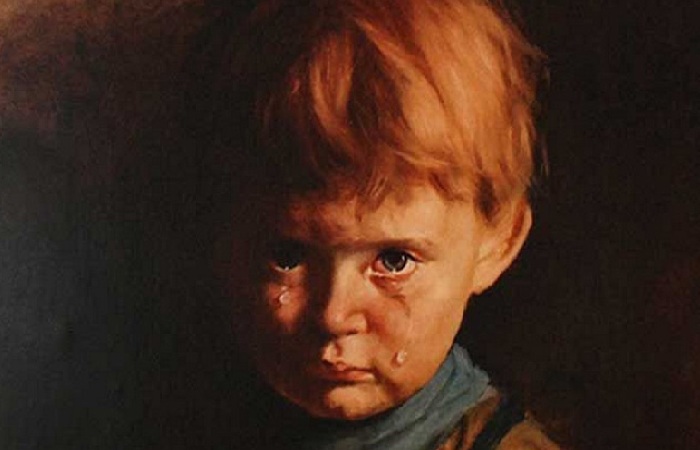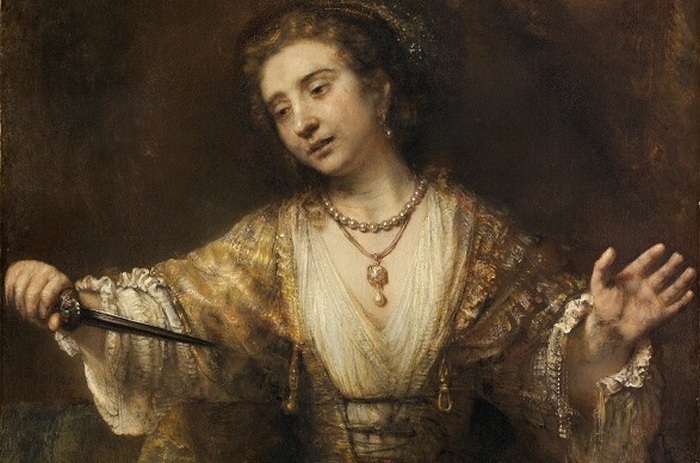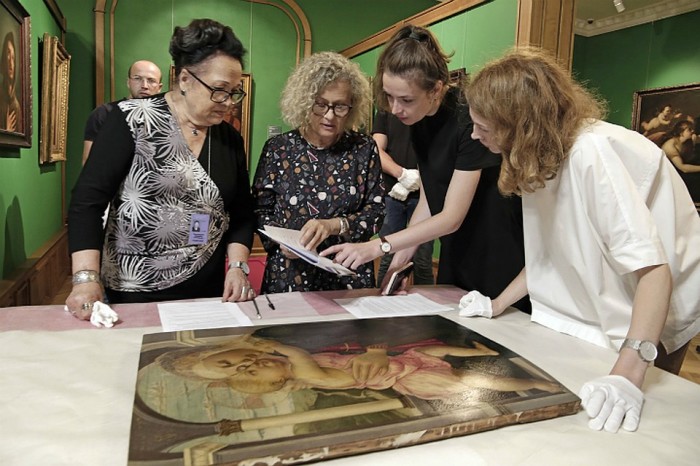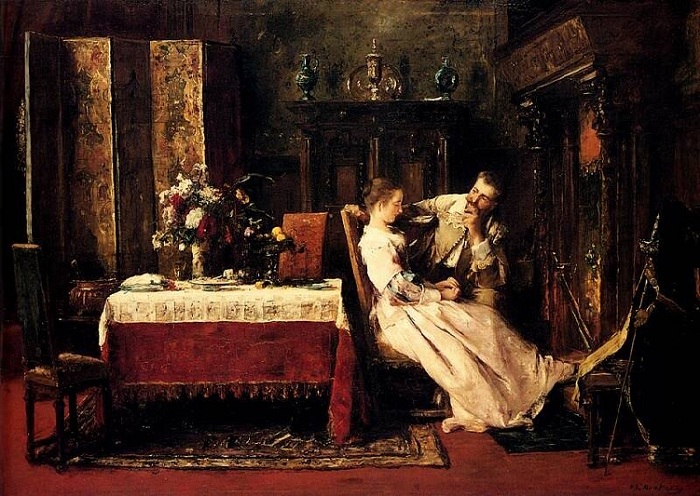Secret meanings of Brueghel’s visual “Flemish proverbs: Reflection of the essence of man and being
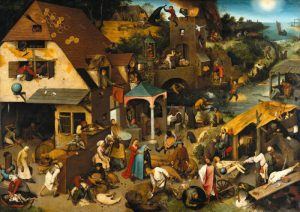 Northern Renaissance Master Brueghel the Elder is a Dutch Renaissance artist and engraver known for landscapes and peasant scenes. He was sometimes called the “peasant Brueghel.” He portrayed his incredible Dutch proverbs more than 450 years ago. This painting, also known as “The World Upside Down,” is a detailed masterpiece visually representing more than 100 Dutch proverbs.
Northern Renaissance Master Brueghel the Elder is a Dutch Renaissance artist and engraver known for landscapes and peasant scenes. He was sometimes called the “peasant Brueghel.” He portrayed his incredible Dutch proverbs more than 450 years ago. This painting, also known as “The World Upside Down,” is a detailed masterpiece visually representing more than 100 Dutch proverbs.
The plot of the picture
The canvas of the XVI century, painted in oil on oak and measuring 64 by 46 inches, is spelled out with many miniature men, women, children and animals who perform a number of unusual and bizarre actions in their village. Individual scenes are played side by side, without direct dependence on each other. The background for all this diverse activity consists of a rural house, dilapidated huts, a stone bridge with columns and a tower, a village square in the center and a manor among corn fields. In the distance, the open sea shining in the sun is visible. The old name of the painting “The World Upside Down” comes from the globe, standing on a symbolic head. This is intended to illustrate that people are in a world in which everything is not as it should be.
Idea of the picture
Bruegel is known for his carefully thought-out work, and what at first seems like a simple peasant life with a wide range of characters soon turns out to be something more. This riot of painting, expressing a witty look at human nature through the implementation of various Dutch proverbs of that time. Wise sayings testify to the recklessness and sinfulness of man in a crazy world who has turned his back on God.
Historical background
What caused the historical premise of painting? During this period, Bruegel experienced troubled times. He lived in a country under Spanish Catholic rule, where the shadow of the Spanish Inquisition was looming, where religious absolutes were now the choice of reformation. Multiple political repressions for religious reasons, the Dutch uprising led by the Protestants, the battle against the rule of the Habsburgs … Part of this pessimism (and partly cynicism) penetrates the artist’s art and the picture “Flemish proverbs”.
“Flemish proverbs” can be read as a study of religiosity. This is a godless landscape where moralistic proverbs allow the viewer to comprehend what is happening. The religious views of Bruegel himself are unclear – he had humanistic patrons and associates, but he was not openly opposed to Catholicism or Protestantism.
Proverb Analysis
Bruegel hid his proverbs in characters, as well as in buildings and in a landscape in a very inventive way. Part of the images of Bruegel conveys through color. For example, in the case of a woman dressed in red in the center of the picture, it is impossible to read a proverb without understanding the color symbols. In 1559, when the work was written, red was the color of sin. At the same time, the blue cloak she puts on her husband tells the second half of the story. Blue often meant deceit or stupidity, which tells us: this woman does not just hand over her husband’s coat, but rather cheats on him!
Whatever the artist uses to signify her idea (whether it be a woman in red putting a blue cloak on her husband, or a pillar using religious hypocrisy, an innkeeper deceiving others, a two-faced woman carrying fire and water), Bruegel draws attention to their stupidity and exposes her.
Bruegel the Elder intended not only to illustrate proverbs, but rather to illustrate the universal stupidity of man. This picture indicates that the artist was actively engaged in the spiritual and moral issues of his time. This is what makes Flemish Proverbs so relevant today. Technology has advanced, but people are still prone to the same nonsense, hypocrisy, lies, as they always were.
In continuation of the story about the brilliant Renaissance artist “Children’s Games” by Brueghel the Elder, which were played by children 5 centuries ago and are played by current ones.
